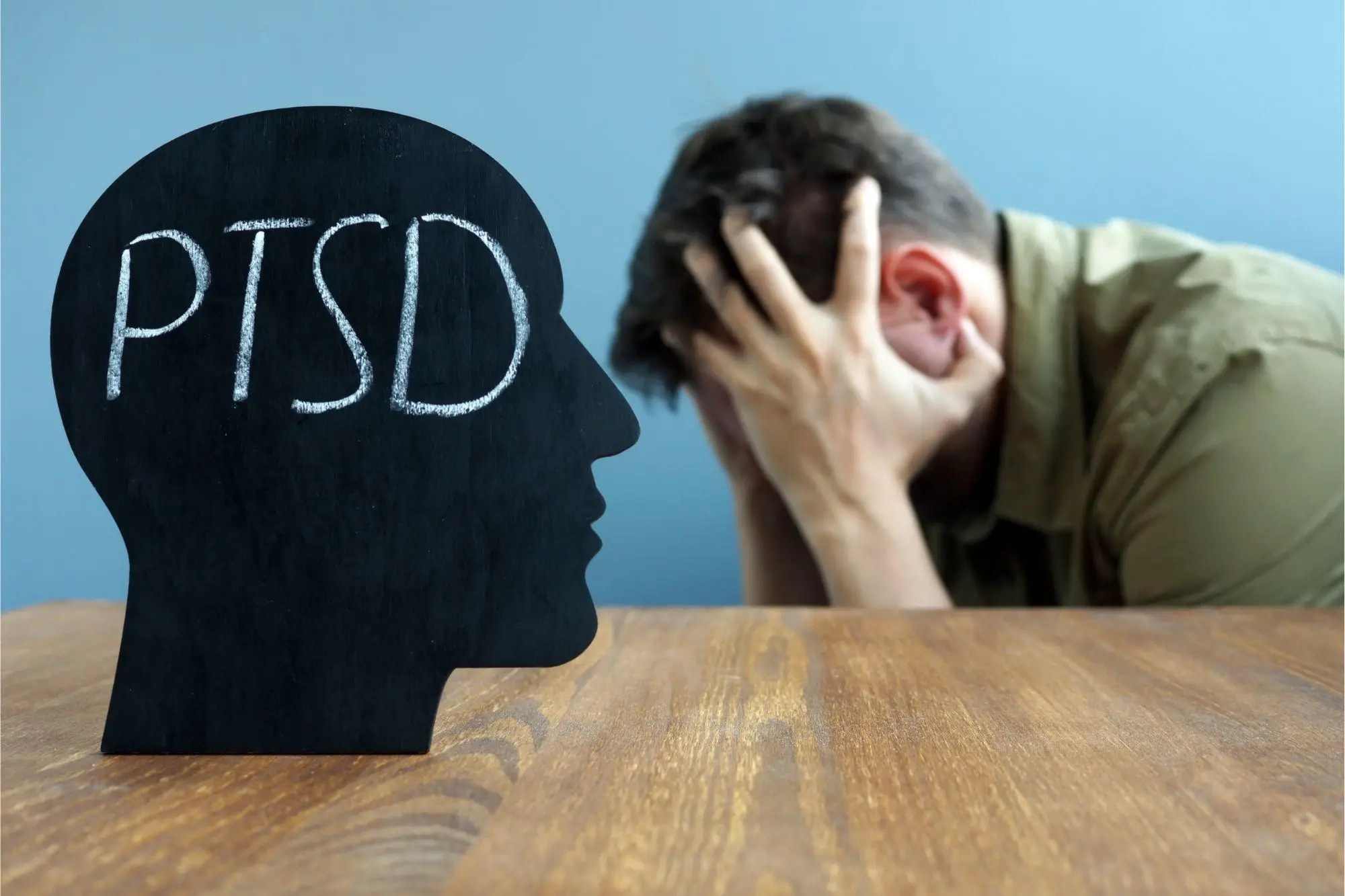Summary of Breaking the Cycle – How Sleep Spindles Can Help With PTSD:
A recent study has suggested that sleep spindles, brief bursts of brain activity that occur during a specific stage of sleep, may play a role in controlling anxiety levels in individuals with post-traumatic stress disorder (PTSD). The researchers found that spindle rate frequency was higher during stress, and in participants with more significant PTSD symptoms, the increased spindle frequency after stress exposure reduced anxiety post-nap. The study contradicts recent studies that suggested spindles may increase intrusive and violent thoughts in individuals with PTSD. This research may help develop non-invasive ways to reduce symptoms in individuals with PTSD and anxiety disorders.
*****
Sleep Spindles Could Help Control Anxiety Levels in PTSD Patients, Study Finds
A recent study by the UCSF Department of Psychiatry and Behavioral Sciences, the Weill Institute for Neurosciences, and the San Francisco VA Medical Center found that sleep spindles could help alleviate anxiety levels in individuals with post-traumatic stress disorder (PTSD). The study sheds new light on the role of sleep spindles in consolidating further information into long-term memory. It contradicts recent studies that suggested spindles may increase intrusive and violent thoughts in individuals with PTSD.
Understanding PTSD Symptoms and Diagnosis
Post-Traumatic Stress Disorder, commonly called PTSD, is a mental health condition that can develop after a person has experienced or witnessed a traumatic event such as natural disasters, combat, sexual assault, or other life-threatening situations. Symptoms of PTSD include recurrent intrusive thoughts and flashbacks, avoidance of reminders of the traumatic event, adverse changes in mood and cognition, and increased anxiety and arousal.
Diagnosing PTSD can be challenging as symptoms can vary from person to person and can develop weeks, months, or even years after the traumatic event. To diagnose PTSD, a mental health professional will evaluate the individual’s symptoms and conduct a thorough interview and assessment.
Study Details
The researchers enrolled 45 participants who had all experienced combat or noncombat trauma, half of whom had moderate PTSD symptoms, while the other half had milder or asymptomatic symptoms. The team studied the spindles during non-rapid eye movement (NREM) stage two sleep when spindles mainly occur. The process typically comprises about 50% of the total rest.
The participants attended a “stress visit,” where they were shown images of violent scenes before a lab-monitored nap about two hours later. Anxiety surveys were conducted immediately after exposure to the pictures and after the rest, where the participant’s recall of the photos was tested. The researchers also compared anxiety levels in the stress visit to those in a control visit where the individuals were not exposed to violent images.
Research Findings
The study results indicated that spindle rate frequency was higher during the stress visit than during the control visit, suggesting that stress contributed to spindle-specific sleep rhythm changes. In participants with more significant PTSD symptoms, the increased spindle frequency after stress exposure reduced anxiety after the nap.
Next Steps
The researchers’ next project is to study the role of spindles in consolidating and replaying intrusive and violent memories many weeks after trauma exposure. They suggest that non-invasive techniques like sleep hygiene could harness the benefits of sleep spindles, relieving PTSD symptoms.
Prescription drugs such as Ambien are another option that should be studied further. However, researchers say a big question arises as to whether the spindles induced by medications can also bring about the complete brain processes naturally associated with spindles. Electrical brain stimulation is another area of research that requires more study.
Conclusion
The study findings could be meaningful not only for PTSD patients but could also benefit those suffering from anxiety disorders. Harnessing the benefits of sleep spindles to help manage the symptoms of PTSD and anxiety disorders could be a non-invasive way to improve mental health conditions without using medication. While more research is needed to establish the full benefits of sleep spindles in PTSD patients, the study offers hope for individuals struggling with the condition.

